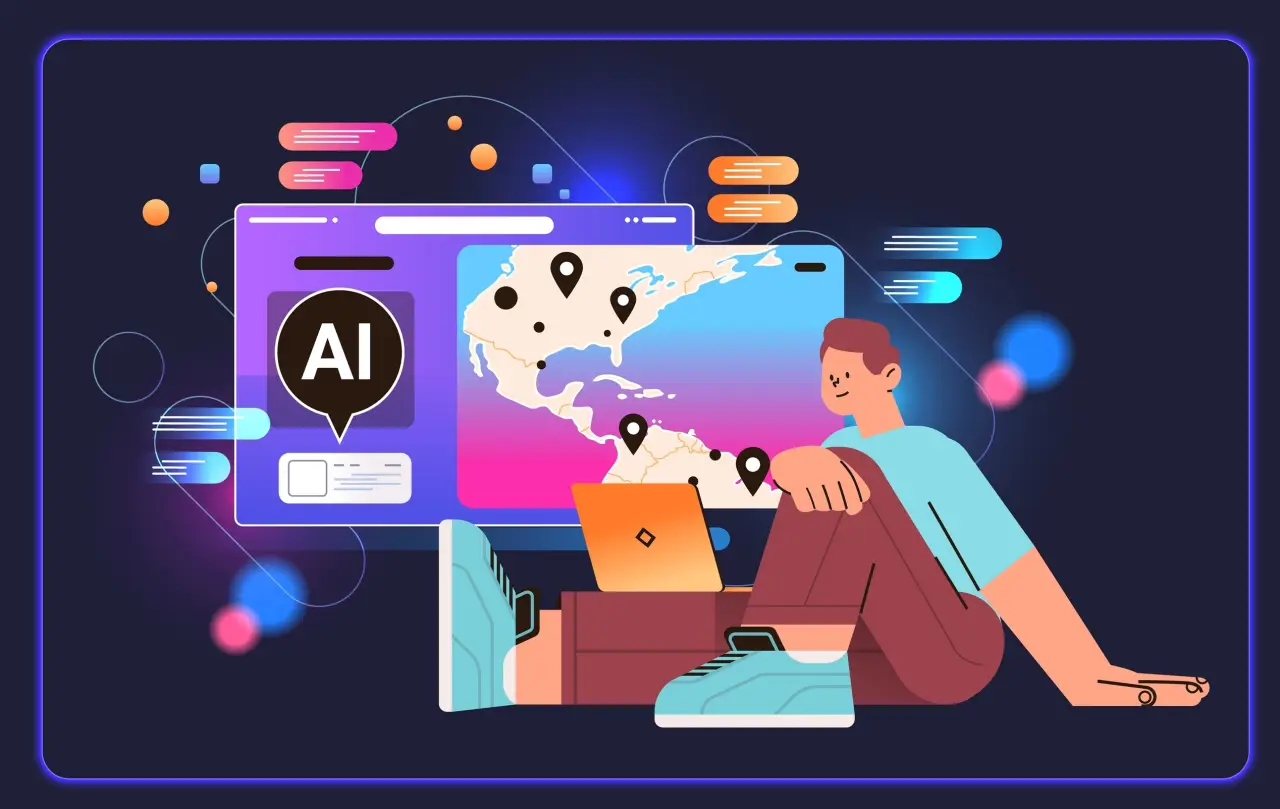OU’s Norman and Health Sciences Center senior vice president and provosts announced the appointment of its first university-wide chief artificial intelligence officer in a mass email Tuesday.
According to the email, Shishir Shah will provide direction for AI and data science efforts, and serve as director of Gallogly College of Engineering School of Computer Sciences.
The role was created as part of the university’s next phase of its “Lead On, University” strategic plan, which centers around five pillars representing significant goals set by the university. The email states the university aims to prepare students to navigate AI effectively after graduation.
“By advancing a comprehensive, university-wide strategy to lead in AI innovation, research, education, and implementation, we are reimagining curriculum and academic opportunities to integrate AI across the student experience,” the email states. “This ensures our graduates enter the workforce not simply as literate AI-users, but as responsible, informed ones who know how to leverage this technology for maximum impact.”
The email states about one-quarter of the university’s research is AI-based in areas ranging from legal education to clinical imaging.
“OU’s Data Institute for Societal Challenges, which develops convergent research teams to make advances in data science, AI, and machine learning, announced the award of nearly $200,000 in pilot seed funding to 20 AI-focused projects,” the email states.
Shah is currently a professor and chair of the computer science department at the University of Houston where he also founded and leads its Quantitative Imaging Laboratory. Before joining the University of Houston in 2005, Shah held various roles at Wayne State University, initially as a faculty member before transitioning to leadership roles in two startup companies.
In 2023, Shah was named a senior member of the National Academy of Inventors and a senior member of the Institute of Electrical and Electronics Engineers. He also serves on the editorial boards of four peer-reviewed journals with three edited books and over 200 publications.
“Under Dr. Shah’s leadership, OU is poised to strengthen its role at the forefront of ethical and transformative uses of AI, expanding its global impact and capacity to address society’s most complex challenges,” the email states.











































